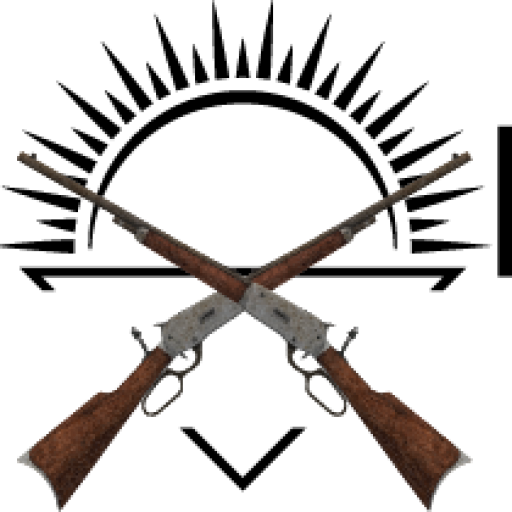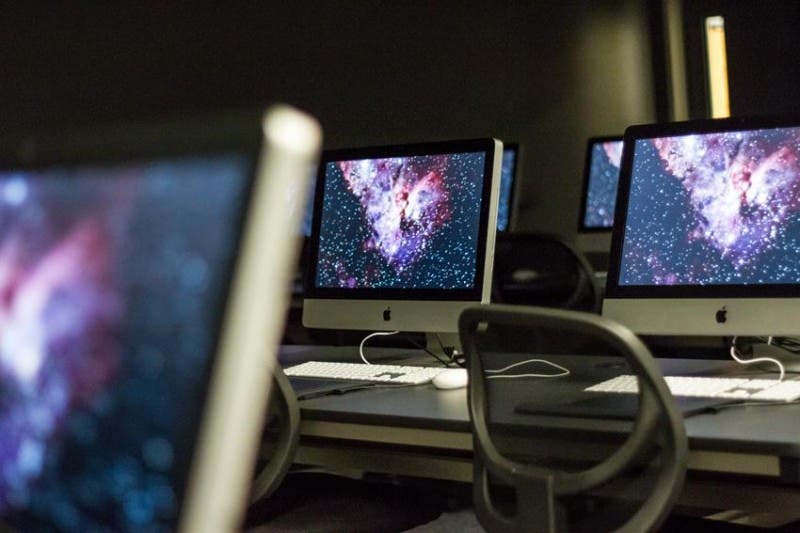Being a graphic designer requires a certain aesthetic criteria that not everyone has. We are not going to enter into a debate about whether or not design is art, but we are going to say that not everyone can be a designer, and this goes beyond knowledge of software to be able to translate the ideas we have into reality. However, there are some applications beyond Photoshop, Illustrator, and the like that can help work and inspire.
Paper
Creativity is one of the fundamental aspects of graphic design, being able to communicate through images. Therefore, to plan how our design will be, we can use Paper, one of the most beautiful applications that we have come across, and that allows us to draw, make sketches and more only using our hands.
Although for many “ordinary” users, Pinterest has failed to retain much attention, or has not functioned ideally, for graphic designers it is an excellent way to discover other portfolios, and a great source of inspiration. Users can, as you know, create boards where they can pin different content. The most appreciated, obviously, is the visual.
So on Pinterest we can find things ranging from advertising campaigns to complete portfolios of illustrators and designers. This can also be found in the next item on our list, but Pinterest is more open to other types of users, which means that we can find other things.
Behance
The Behance Network is an incredible way to get our work known if we are designers. In order to showcase creative work, this network is not just limited to the web, but also has some very beautiful mobile applications that can be reviewed on the way to work. Behance is, in short, a way of publicizing creative work, in the same way that Flickr allows us to show photographs. It is another niche of users.
On Behance we can create our projects, which in turn can be viewed by other members of the community. We can also get in touch with these members, creating a kind of social network for creatives. Best of all, it’s completely free, and it can help if, for example, there was no time to prepare a portfolio for a job interview.
Photoshop Touch
We have spoken to you on other occasions about mobile photo editors, for smartphones and tablets. There are other options available, we are not going to lie and say that Photoshop is the best. It does not share all the functionalities of its desktop version, but it can help us to view a file while we are on the move, or to do a minimal photographic edit before entering a meeting. We’re not going to be able to do fancy work, but at least we can do it quickly, using our fingers.
Other photo editors also allow us to add special effects, filters, and others, but they can be supplemented as we need them. Photoshop Touch has the advantage of having the endorsement of Adobe behind it, as well as being a free tool with a very intuitive interface.
Moleskine
In a similar way to Paper, Moleskine for iPad offers us a kind of journal to draw, make notes by hand, and basically everything we can think of to do on a virtual sheet of paper. But, unlike Paper, what it offers us is the look and feel of the classic Moleskine notebooks, with different designs aimed at the enthusiast and collector.
Moleskine notebooks have no equal in real life, so they become a great option when downloading an app for the iPad. At the moment, it is not very refined for annotating by hand, but it is excellent for creating quick sketches and drawings.


